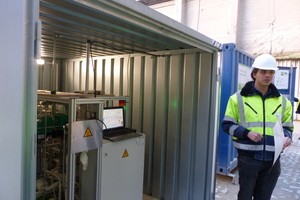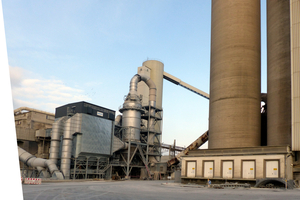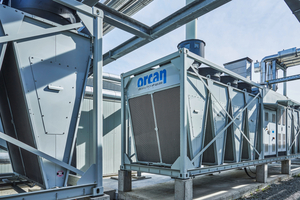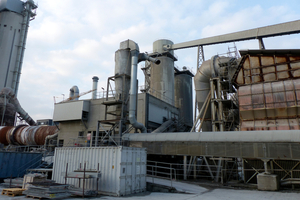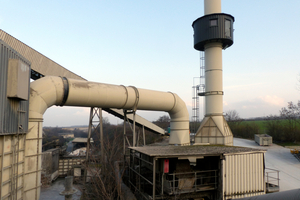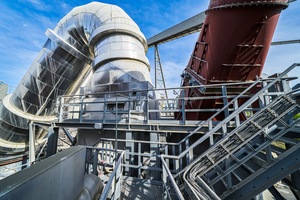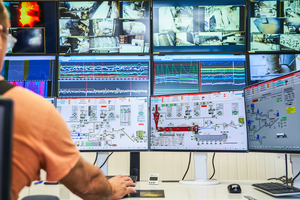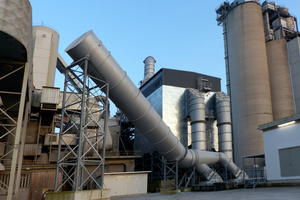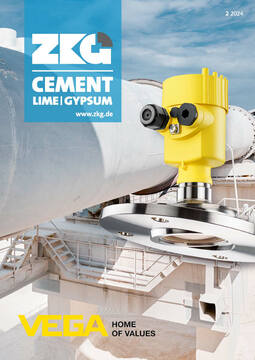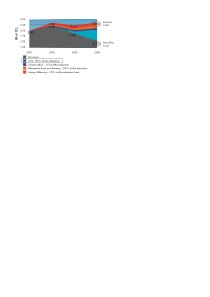CO2 capture using membrane technology: a visit to the Wittekind cement plant
CCU, CCS, Carbon Management Strategy: At the DBI Expert Forum CO2 (DBI-Fachforum CO2) in Geseke from March 6 to 7, 2024, experts from a wide range of backgrounds – from the cement industry to chemistry and environmental protection to the legal situation – presented and discussed potentials and applications for CO2 capture, utilization, and storage. Concrete application options were not neglected during the forum either: Lars Richter and Portlandzementwerk Wittekind took the attendees on a tour of the cement plant and presented a newly constructed pilot plant for CO2 separation using membranes as part of the excursion. A review in pictures.
The path to CO2 neutrality at the cement plant
As a prelude to the tour of the Wittekind cement plant, M. Eng. Lars Richter provided deeper insights into the mechanism behind CO2 separation using membrane technology. In this technology, CO2 is essentially enriched by selective permeation of a membrane. The most important parameters are
pressure (pressure difference)
temperature
CO2 concentration in the input stream
permeability
membrane material
In this way, either up to 60 Vol.% CO2 purity can be achieved in a single stage or over 90 Vol.% CO2 purity in two stages.
The cement plant produces exhaust gas up to 230000 Nm³/h from which carbon dioxide can be captured using membrane technology. A purity of > 98% CO2 could be expected. According to the speaker, the separation technology requires 0.3 - 0.5kWh/m3 of CO2.
What happens to the CO2 after separation? In the case of the Wittekind cement plant, the CO2 captured by the membrane system is used by a local lubricant manufacturer, which uses it to produce biodegradable and Blue Angel-certified consumable greases.
Lars Richter summarizes: CO2 capture using membrane technology is a “technology with low energy requirements and high potential for the future.” However, there are still a few optimization approaches: the focus here should primarily be on the membrane materials and the application for flue gas should also be considered.
DBI Expert Forum CO2: more about the event in ZKG3/2024
What needs to be considered politically, legally and scientifically when capturing, utilizing and storing CO2? You can read more about this and other highlights of the DBI Expert Forum in ZKG3/2024.

